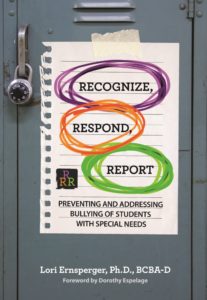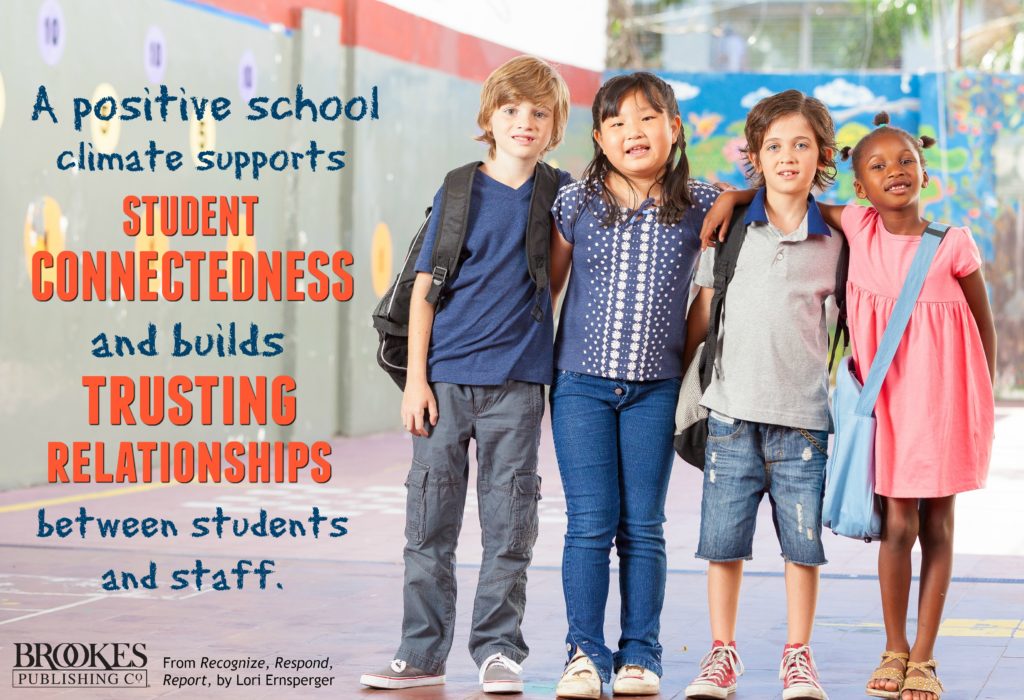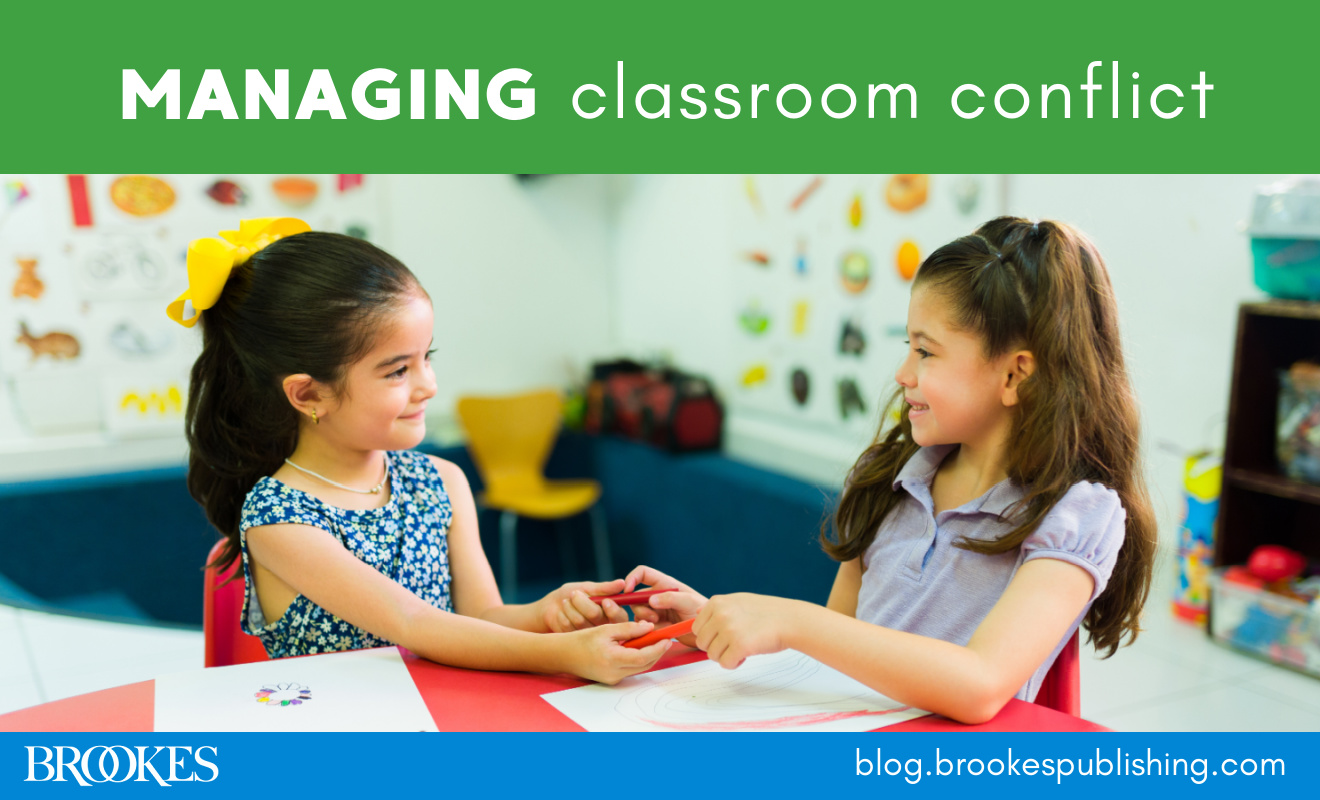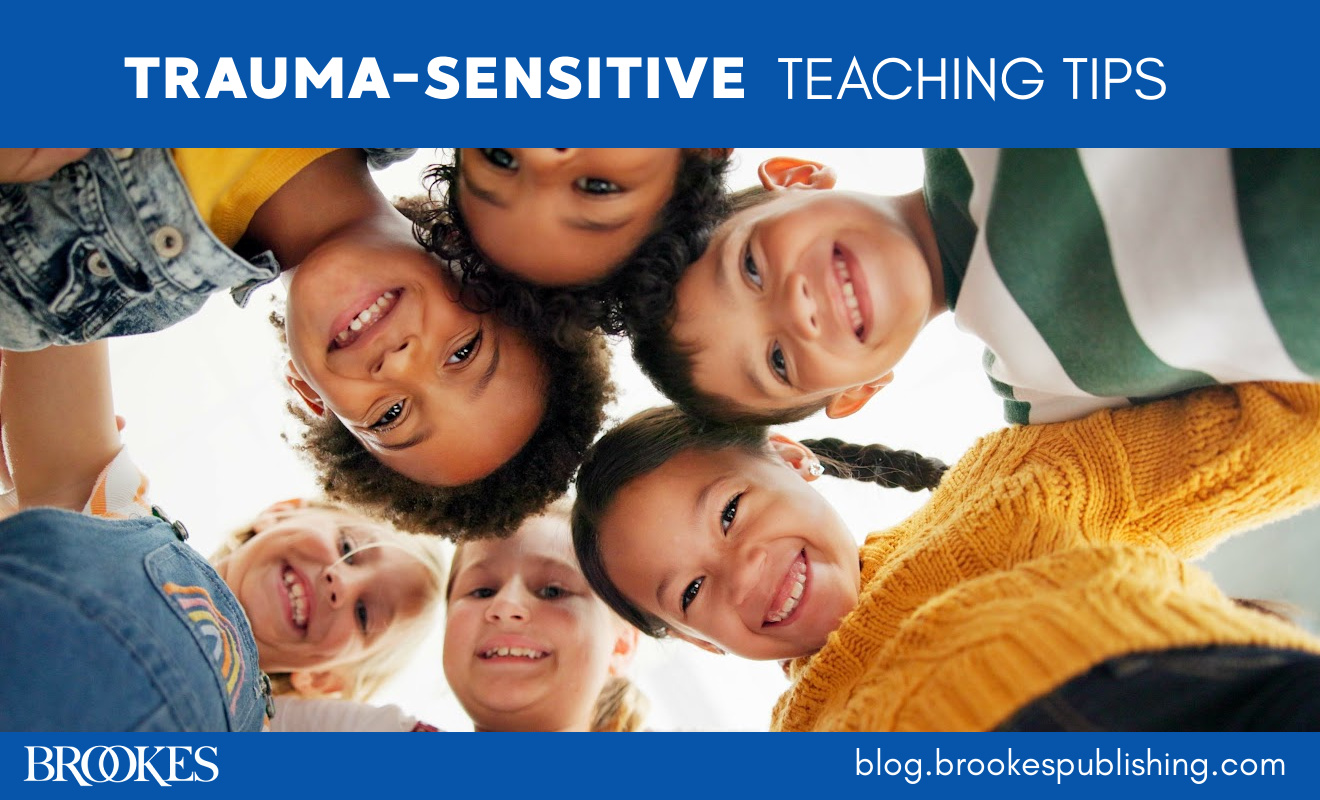Nine Key Strategies for Bullying Prevention
October 2, 2018
 October is National Bullying Prevention Month, a nationwide campaign founded in 2006 by PACER’s National Bullying Prevention Center. Each year, we like to offer you practical insights and strategies to help support your school’s anti-bullying initiatives–in October and beyond. Today, we bring you nine key strategies for bullying prevention, excerpted and adapted from the book Recognize, Respond, Report by Lori Ernsperger. The book focuses on preventing and addressing bullying of students with disabilities, but these strategies can help reduce bullying for all students in an inclusive school and create a learning environment where every child is respected.
October is National Bullying Prevention Month, a nationwide campaign founded in 2006 by PACER’s National Bullying Prevention Center. Each year, we like to offer you practical insights and strategies to help support your school’s anti-bullying initiatives–in October and beyond. Today, we bring you nine key strategies for bullying prevention, excerpted and adapted from the book Recognize, Respond, Report by Lori Ernsperger. The book focuses on preventing and addressing bullying of students with disabilities, but these strategies can help reduce bullying for all students in an inclusive school and create a learning environment where every child is respected.
Foster a positive school climate
Bullying and harassment interventions are important, but your overarching goal is to establish a positive school climate where all students, staff, and parents are treated equitably and with respect. What does this kind of school climate look like? A positive climate is one that supports student connectedness and safety, engages every learner, and builds trusting relationships between students and staff.

Here are a few strategies for fostering a positive climate:
- Get to know every student by name and learn about their families and communities
- Discuss important community issues with students
- Share personal experiences with students
- Spend time in students’ homes and attend extracurricular activities and community events
- Actively listen to student concerns and feedback
- Take specific action to let students know their opinions are respected
Adopt an SEL program
Another way to help establish a positive school climate is to adopt a social-emotional learning (SEL) program and embed it into your existing curriculum. Adopting a proven SEL program can help you address the root causes of student conflict and teach the skills students need to avoid bullying behaviors.
Look for an SEL program that helps improve students’:
- self-awareness
- ability to express feelings
- interpersonal relationship skills
- problem-solving abilities
- understanding of the importance of diversity
- conflict resolution skills
- decision making abilities
An effective SEL program can foster more positive behavior–which in turn can decrease conflicts between peers and create a more positive learning environment. (Explore the Strong Kids social-emotional learning program.)
Establish a school safety team
A school safety team (SST) is in charge of researching, developing, and implementing a plan for preventing and responding to bullying in schools. Your team should:
- Actively involve students and give them a strong voice in all aspects of developing a bullying and harassment prevention program.
- Write and disseminate clear policies and protocols that emphasize prevention, positive school climate, and evidence-based interventions.
- Adopt measurable steps for reporting, investigating, and responding to incidents of bullying.
- Create bullying prevention activities to implement throughout the school year.
- Distribute sample lesson plans to teachers with a list of goals, activities, and materials for teaching prosocial skills.
- Develop an evaluation system or checklist to make sure the initiatives are being implemented effectively.
- Work collaboratively with other education teams, parent organizations, and community stakeholders.
Train your staff
Conduct professional development sessions that clearly define bullying and harassment, teach staff how to immediately respond to bullying incidents, and prepare staff to use follow-up procedures such as reporting and investigation. Some goals of your staff training sessions should be to:
- Increase staff awareness about the impact of bullying and examine their beliefs or stereotypes about bullying and harassment
- Identify warning signs of students who experience bullying, especially for students with intellectual disabilities or communication impairment who may be unable to report an incident of bullying
- Distinguish incidents of normal childhood conflict from bullying and harassment
- Identify prevention strategies and age-appropriate activities to enhance SEL and respect
- Review and master standard protocols for addressing bullying incidents, including specific reporting measures
- Coach and model appropriate responses to bullying incidents
- Review school data and survey assessment tools for shared data-based decision making
Supervise hot spots
Bullying can take place anywhere from the bus stop to the classroom, and schools should take precautions when identifying hot spots where bullying is more likely to occur–or is likely to go undetected due to noise or other distractions. Some common hot spots are unstructured public areas such as bathrooms, playgrounds, cafeterias, locker rooms, and hallways and extracurricular events. Train staff to take an active role in identifying and supervising hot spots to help increase safety and decrease bullying attempts.
When you’re looking at hot spots, don’t forget the place where a significant number of bullying incidents occur–the school bus. Take time to develop and implement effective anti-bullying training for school bus drivers, including guided practice on how to address incidents in the moment and follow up later with parents and school leaders. (For more information, see the U.S. Department of Education’s bus driver training toolkit.)
Deliver effective anti-bullying instruction
Give age-appropriate, practical instruction on how to prevent bullying in your school and how to step up if students see a peer being bullied. Be sure to:
- Teach students the definition of bullying and how to recognize signs of bullying behavior.
- Give students specific examples to help them distinguish bullying from normal childhood conflict.
- Review the steps for recognizing when someone needs help, how to report bullying, and how to support the victim.
- Clarify the roles and responsibilities of the bystander and how they can intervene to help victims of bullying and harassment.
- Increase empathy by initiating cultural diversity activities and teaching tolerance.
- Invite guest speakers to describe personal experiences with bullying and how students can effectively intervene.
- Design anti-bullying instruction to address different learning styles, and be sure that students with disabilities are included in the activities.
- Have older students train younger students on your school’s bullying policies and procedures through active role playing and scripts.
- Ask students to write a “bystander quiz” that reviews the school policies, facts, and effective strategies for responding to bullying.
Assess bullying incidents regularly
Where and when are bullying incidents happening in your school? Any effective anti-bullying program includes the use of assessment tools to systematically gather data; determine the magnitude, scope, and characteristics of bullying in school; and track trends over time. Gather information using tools such as:
- Anonymous student surveys that cover both general questions about school climate and specific questions about bullying and harassment.
- Focus groups that give students and families a chance to share input regarding the school community and the effectiveness of bullying prevention techniques.
- A written bullying and harassment report form that gives school leaders with the relevant information to investigate and ensure necessary protections.
Keep parents involved
Parental engagement is a crucial part of a successful anti-bullying program. Here are some practical ideas for keeping your students’ families involved in bullying prevention and intervention:
- Reach out to parents at the beginning of the school year to establish communication, share school policies, and answer questions.
- Offer less formal events during the year for parents to share concerns and receive information (e.g., doughnuts or breakfast with the school counselor).
- Use flyers, newsletters, and other communications to relay information about bullying and harassment prevention and steps parents can take to intervene.
- Invite parents to volunteer to read in the classroom or provide added supervision in hot spots.
- Create a bullying resource center for families, overseen by volunteers and family members.
- Invite parents as guest speakers to discuss a range of diverse topics and cultural experiences.
- Have parents help develop a library of children’s books that focus on diversity and fostering respect.
- Establish a website that includes easy-to-implement bullying prevention and SEL activities.
- Send letters home to parents suggesting online resources on how to help their child if they experience bullying.
Collaborate with the community
Think beyond the walls of your school, and reach out to the community to help strengthen your anti-bullying program. You might start by:
- Identifying local businesses and organizations who might be willing to contribute to your school’s bullying prevention program through donations
- Publicizing your school’s needs and opportunities for professional partnerships on your school’s website and in the local media
- Asking the printing services of local companies to help create posters and stickers for your bullying prevention initiatives
- Holding a community expo to highlight community resources that can support parents and students with disabilities
- Asking community stakeholders to donate books, posters, and other classroom materials that support diversity
What strategies are you implementing–in October and all year long–to address and reduce bullying behaviors in your own classroom and school? Tell us in the comments section below!
EXPLORE THE BOOK
Preventing and Addressing Bullying of Students with Special Needs
By Lori Ernsperger, Ph.D., BCBA-D
Using a simple framework of 3 Rs (Recognize, Respond, and Report), master the core components of preventing and addressing bullying and disability-based harassment at the district level, classroom level, and individual level.
READ MORE
20 Experts Share Tips to Stop Bullying in the Classroom
Read this article from Study.com for practical bullying prevention tips from 20 experts in the field.




Write a Comment
Your email address will not be published. Required fields are marked *
Post a Comment